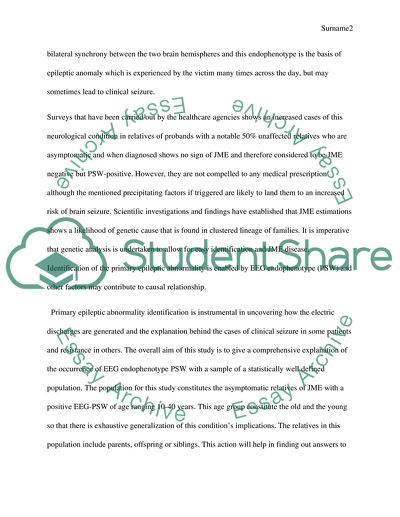Cite this document
(“The Epilepsy Essay Example | Topics and Well Written Essays - 1000 words”, n.d.)
Retrieved from https://studentshare.org/health-sciences-medicine/1614476-the-epilepsy
Retrieved from https://studentshare.org/health-sciences-medicine/1614476-the-epilepsy
(The Epilepsy Essay Example | Topics and Well Written Essays - 1000 Words)
https://studentshare.org/health-sciences-medicine/1614476-the-epilepsy.
https://studentshare.org/health-sciences-medicine/1614476-the-epilepsy.
“The Epilepsy Essay Example | Topics and Well Written Essays - 1000 Words”, n.d. https://studentshare.org/health-sciences-medicine/1614476-the-epilepsy.


